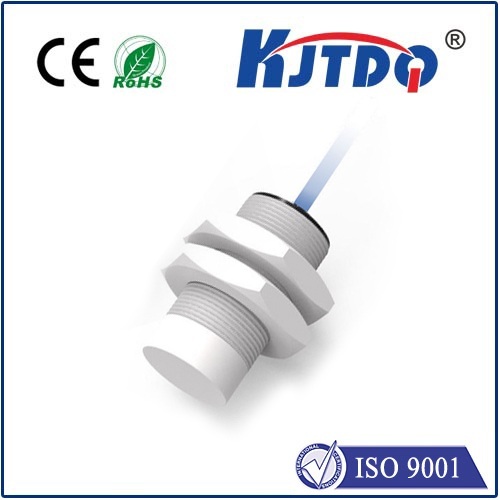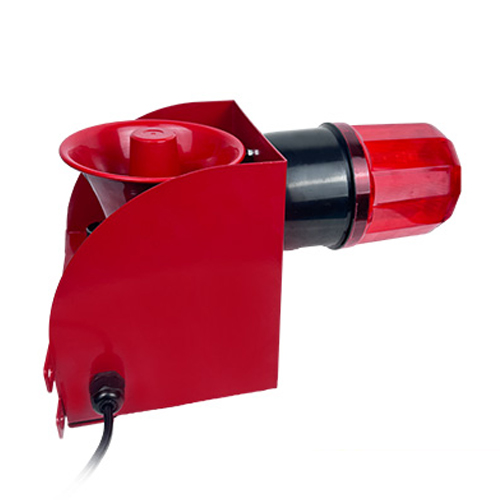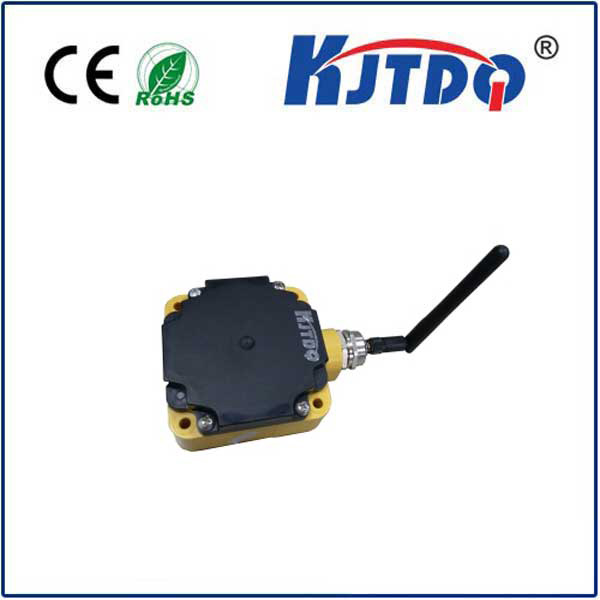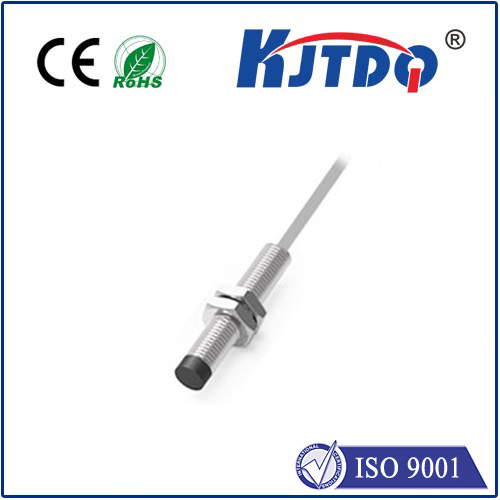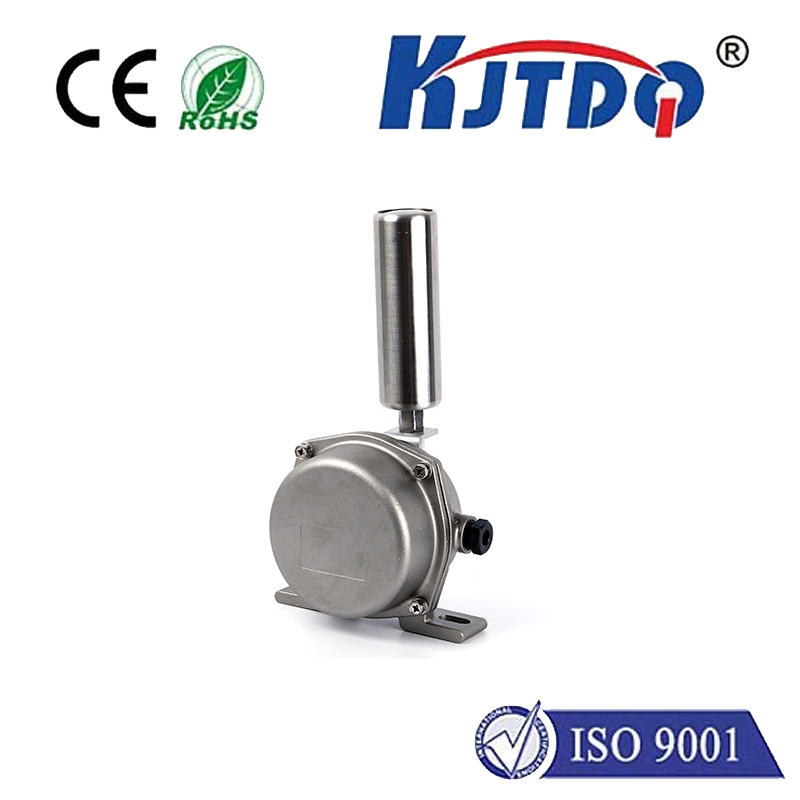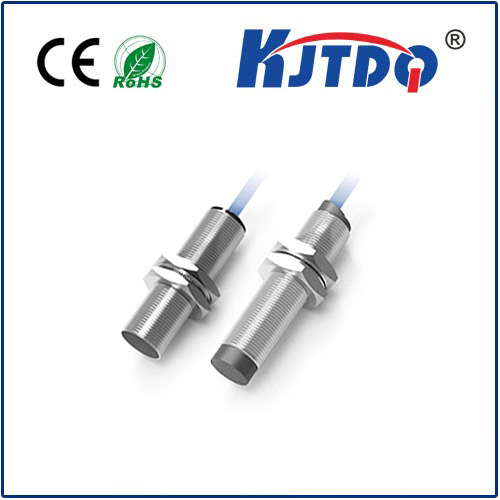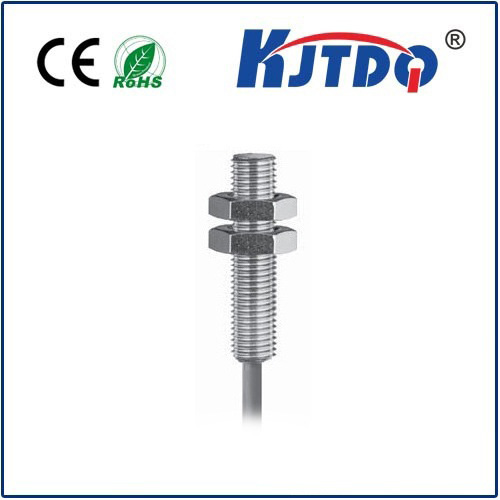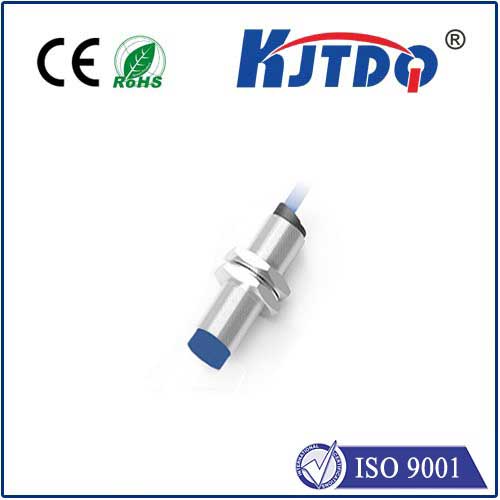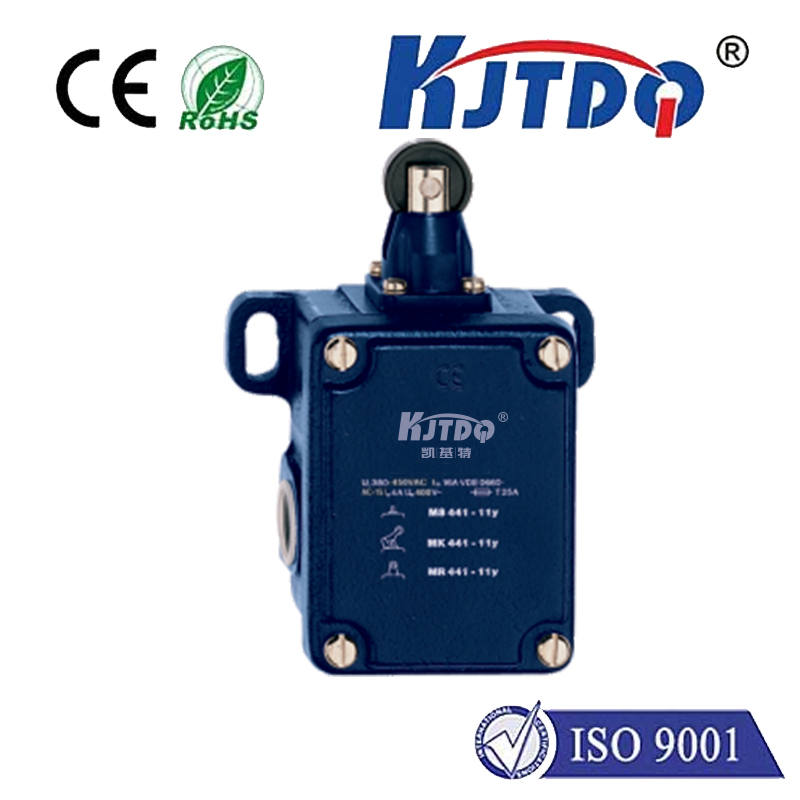rear proximity sensor
- time:2025-06-24 01:16:40
- Click:0
Smart Parking Made Simple: How Rear Proximity Sensors Work
That sinking feeling as you creep backwards, craning your neck, unsure of the distance to that unseen curb, lamppost, or – worse – a child’s bike. Parking, especially in tight spots, has long been a major source of driver stress and minor accidents. Enter the unsung hero of modern driving convenience: the rear proximity sensor. This remarkable technology acts as an extra set of eyes, significantly reducing the guesswork and anxiety associated with reversing.
The Parking Predicament Solved
Reversing a vehicle inherently creates a significant blind spot. Mirrors help, but they have limits, and relying solely on them requires constant, rapid checking of multiple angles. Objects directly behind the bumper, low-lying curbs, or thin posts can easily escape notice. Even the most experienced driver can misjudge distances, leading to frustrating scrapes, costly dents, or far more serious incidents. Rear proximity sensors are designed specifically to address this vulnerability, providing an audible (and often visual) warning system that kicks in when you need it most – while backing up.

How Rear Proximity Sensors “See”
While often referred to simply as “parking sensors,” the technology behind rear proximity sensors is quite sophisticated. Most commonly, they utilize ultrasonic technology. Here’s the breakdown:
- The Emitter: Small, disc-shaped sensors embedded in the rear bumper emit high-frequency ultrasonic waves (sound waves beyond human hearing).
- The Echo: These sound waves travel outward from the bumper. If an object is within their range, the waves bounce off it.
- The Receiver: The same (or paired) sensors detect the reflected sound waves (the echo).
- The Calculation: Onboard electronics measure the time it takes for the sound wave to travel to the object and back. Since the speed of sound is constant, the system can accurately calculate the distance to the obstacle.
- The Alert: Based on the calculated distance, the system sends a signal to the driver. This is typically:
- Audible Alerts: A series of beeps that increase in frequency as the vehicle gets closer to the obstacle. The beeps often become a continuous tone at a very close range (e.g., 12-30 cm).
- Visual Alerts: Displayed on the infotainment screen or instrument cluster. This often takes the form of a graphical representation of the car and colored zones (green for safe, yellow for caution, red for immediate danger) highlighting proximity to detected objects.
- Some advanced systems integrate with rearview cameras, overlaying sensor data directly onto the camera feed. This combination provides the most comprehensive view.
Beyond the Basics: Types and Evolution
While ultrasonic sensors dominate, technology marches on:
- Electromagnetic Sensors: Instead of discrete sensors, a strip running along the bumper creates an electromagnetic field. Disruptions in this field (caused by an obstacle) trigger the warning. These are less common now but offered a more seamless bumper look.
- Radar-Based Sensors: Increasingly found in advanced driver assistance systems (ADAS), radar offers longer range and can better handle adverse weather conditions like rain or fog compared to ultrasonics. These are often part of systems enabling features like automated braking while reversing.
- Integration is Key: Modern vehicles rarely rely only on rear proximity sensors. They’re typically part of a suite of parking assistance systems, working in concert with rearview cameras, front/side sensors, and automated steering or braking functions. This holistic approach creates a much safer parking environment.
The Tangible Benefits: Why They’re Worth It
The advantages of rear proximity sensors extend far beyond avoiding parking lot embarrassments:
- Enhanced Safety: This is paramount. By detecting hard-to-see objects – especially children, pets, or low obstacles – sensors prevent tragic accidents and minor collisions, making driveways and parking lots safer for everyone.
- Reduced Driver Stress: The constant neck strain and worry during reversing are dramatically reduced. Drivers can maneuver with greater confidence, particularly in confined spaces.
- Vehicle Protection: Preventing minor bumps and scrapes saves money on repairs and helps maintain your car’s resale value. Those seemingly insignificant impacts can add up quickly.
- Increased Convenience: Parking becomes faster and easier, especially parallel parking or squeezing into narrow garage spaces.
- Potential Insurance Benefits: Some insurers recognize the safety features of parking sensors and may offer discounts, though this varies.
Understanding the Limitations
While incredibly useful, rear proximity sensors are an aid, not a replacement for attentive driving. Awareness of their limitations is crucial:
- Not Infallible: Very thin objects (wires, poles), objects at extreme angles, or those very close to the ground might not be detected consistently.
- Environmental Factors: Heavy rain, snow, ice, or mud covering the sensors can impair their function. Intensely loud ambient noise could potentially mask audible alerts.
- False Alerts: Sensors can sometimes be triggered by blowing debris, steep inclines, or even very loud noises near the vehicle.
- Blind Spots Exist: They primarily cover the area directly behind the bumper. Corners and objects coming from the side at speed might not be detected until very late.
- Speed Dependency: They are designed for low-speed maneuvering during parking, not for highway reversing.
Using Your Sensors Effectively
To get the most out of your rear proximity sensors:
- Know Your System: Read your vehicle’s manual to understand the specific alert patterns (beep frequency, visual display) and the estimated ranges for each warning zone.
- Keep Sensors Clean: Regularly wash the rear bumper, especially the sensor surfaces, to remove dirt, snow, or ice that can block signals.
- Use Mirrors & Cameras Too: Sensors complement, but don’t replace, diligent use of rearview mirrors and backup cameras (if equipped). Always perform a visual check before and during reversing.
- Proceed Slowly: Sensors give you time to react, but only if you’re moving at an appropriate parking speed.
- Don’t Ignore Warnings: If the system is beeping, stop and assess the situation visually. Never rely solely on the absence of beeps to assume it’s clear.
- Understand Calibration Needs: If the bumper is repaired or sensors are replaced, professional calibration might be necessary for accurate operation.
The rear proximity sensor is a shining example of practical automotive technology. Moving from a luxury add-on to a near-standard feature, it directly addresses a common daily driving challenge. By providing a crucial layer of awareness during the inherently risky maneuver of reversing, these sensors make parking simpler, protect your vehicle, and, most importantly, significantly enhance safety for drivers, pedestrians, and property. Remember, they function best when paired with an alert driver who uses all available tools – mirrors, cameras, and common sense – to navigate the world behind them safely.






